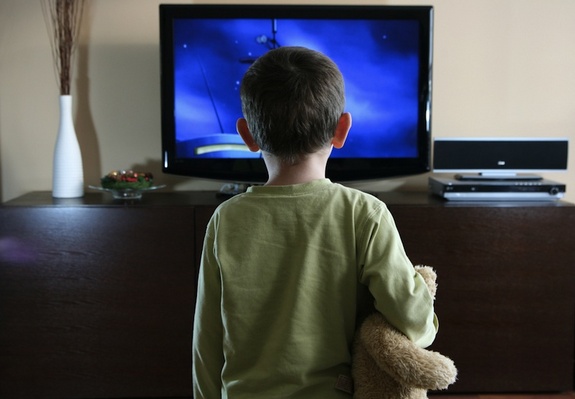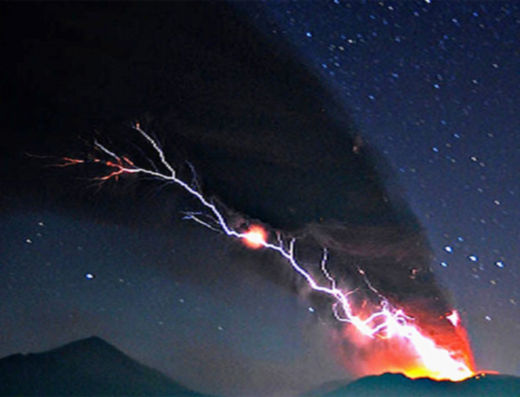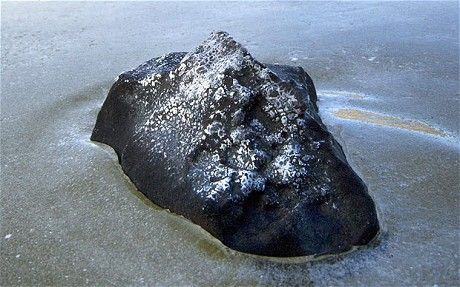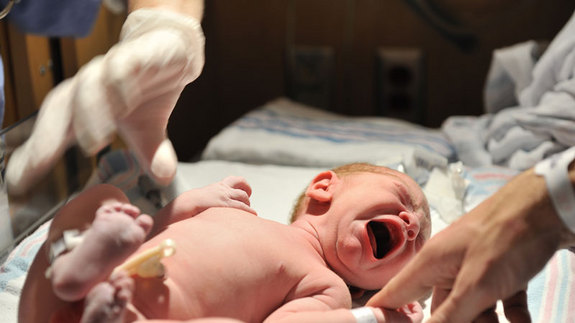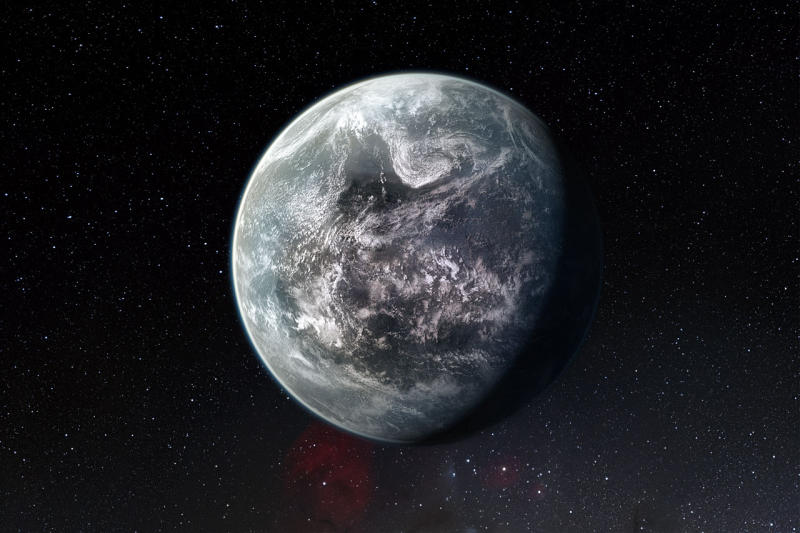
The HARPS spectrograph on the 3.6-metre telescope at ESO's La Silla Observatory in Chile is the world's most successful planet finder [1]. The HARPS team, led by Michel Mayor (University of Geneva, Switzerland), have announced the discovery of more than 50 new exoplanets orbiting nearby stars, including sixteen super-Earths [2]. This is the largest number of such planets ever announced at one time [3]. The new findings are being presented at a conference on Extreme Solar Systems where 350 exoplanet experts are meeting in Wyoming, USA.
"The harvest of discoveries from HARPS has exceeded all expectations and includes an exceptionally rich population of super-Earths and Neptune-type planets hosted by stars very similar to our Sun. And even better -- the new results show that the pace of discovery is accelerating," says Mayor.
In the eight years since it started surveying stars like the Sun using the radial velocity technique HARPS has been used to discover more than 150 new planets. About two thirds of all the known exoplanets with masses less than that of Neptune [4] were discovered by HARPS. These exceptional results are the fruit of several hundred nights of HARPS observations [5].
Working with HARPS observations of 376 Sun-like stars, astronomers have now also much improved the estimate of how likely it is that a star like the Sun is host to low-mass planets (as opposed to gaseous giants). They find that about 40% of such stars have at least one planet less massive than Saturn. The majority of exoplanets of Neptune mass or less appear to be in systems with multiple planets.
With upgrades to both hardware and software systems in progress, HARPS is being pushed to the next level of stability and sensitivity to search for rocky planets that could support life. Ten nearby stars similar to the Sun were selected for a new survey. These stars had already been observed by HARPS and are known to be suitable for extremely precise radial velocity measurements. After two years of work, the team of astronomers has discovered five new planets with masses less than five times that of Earth.
